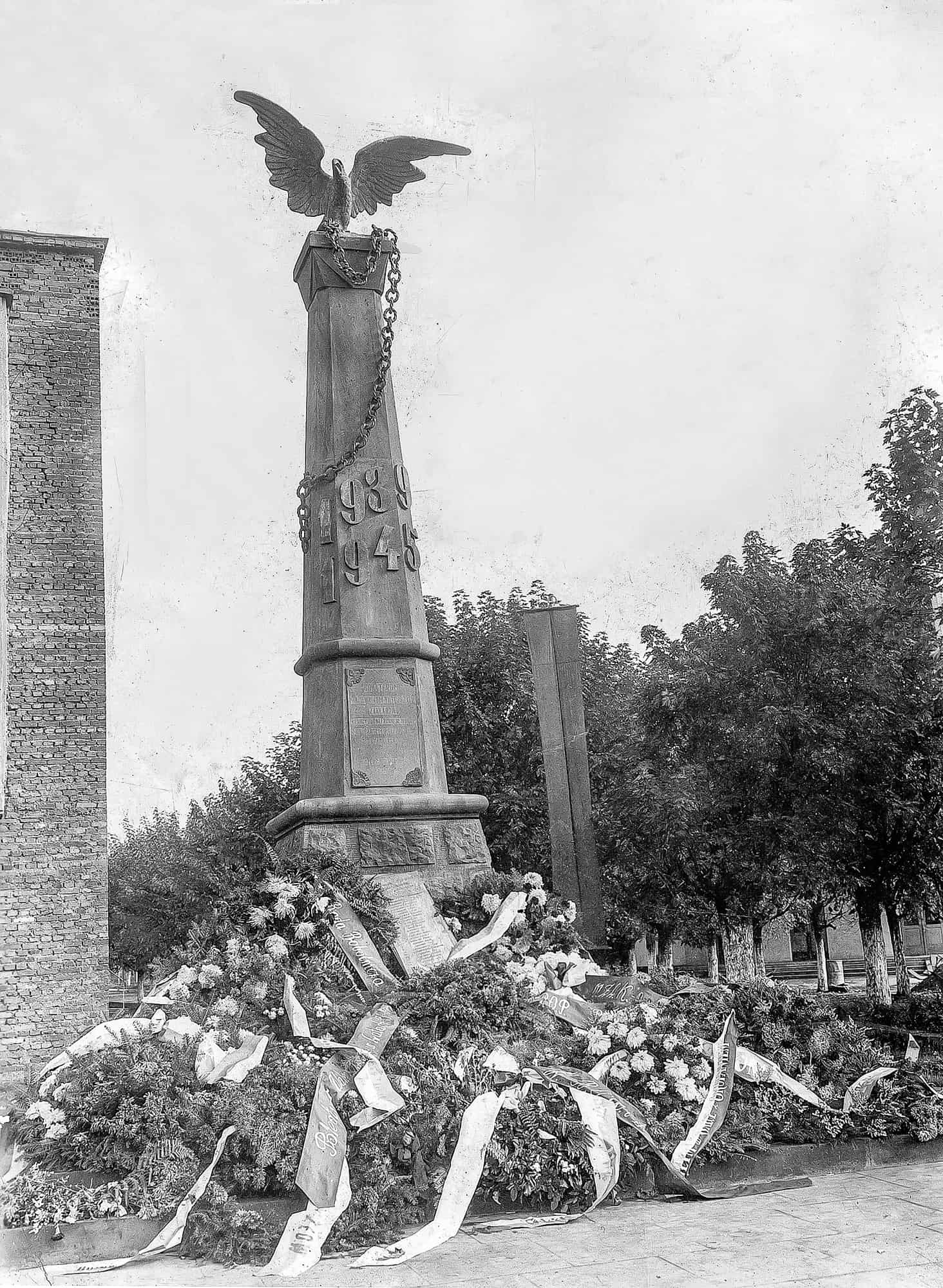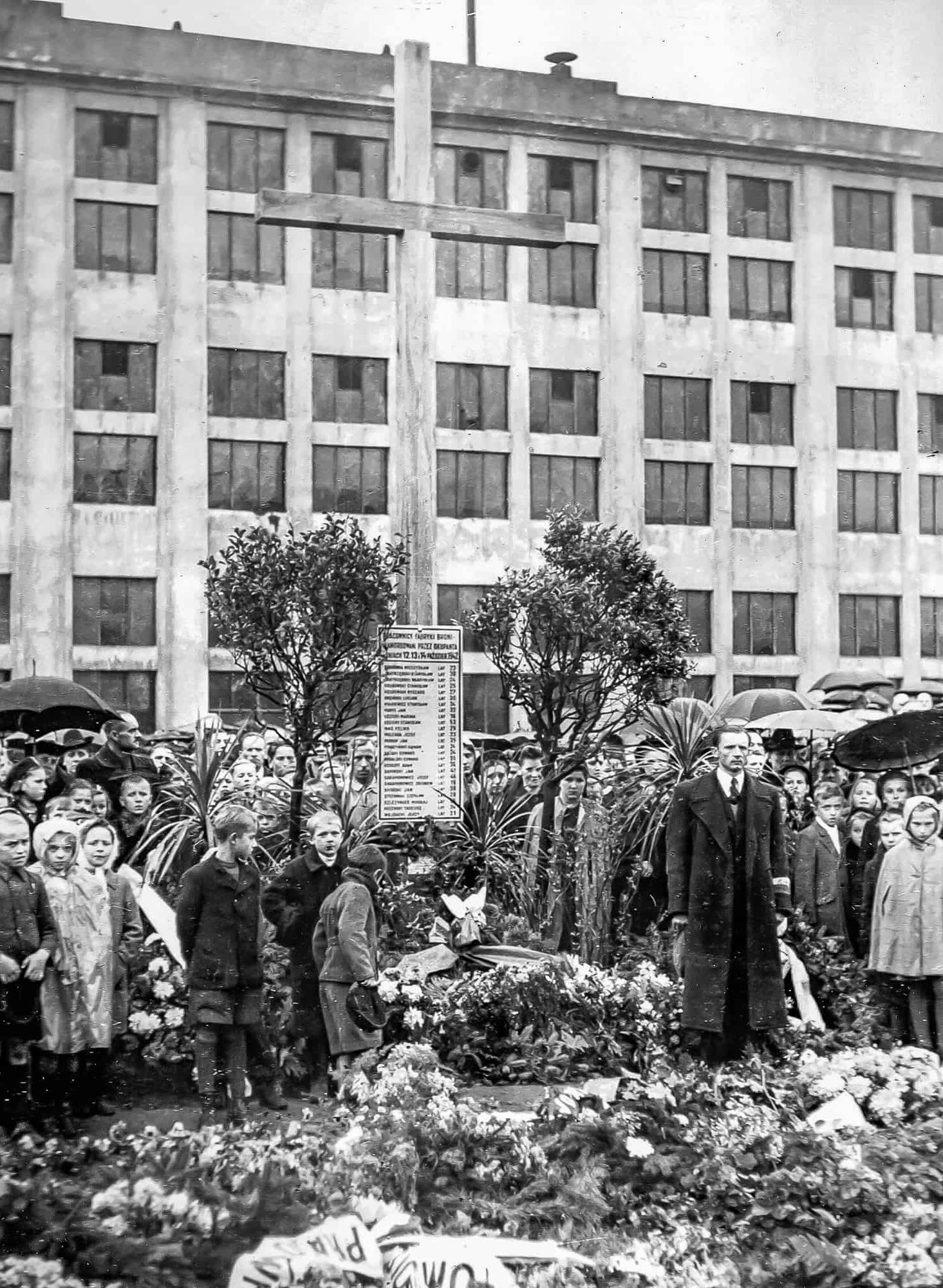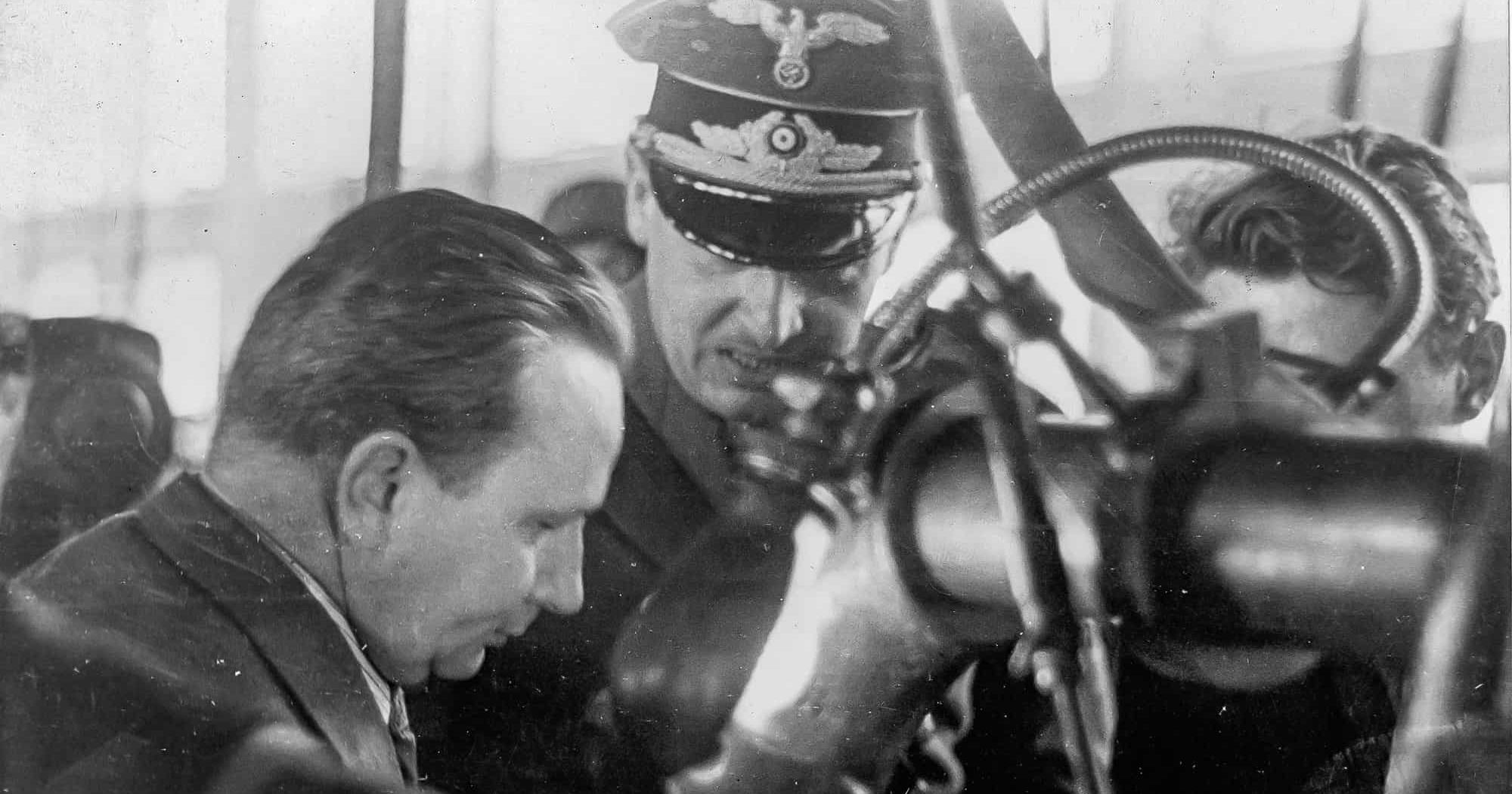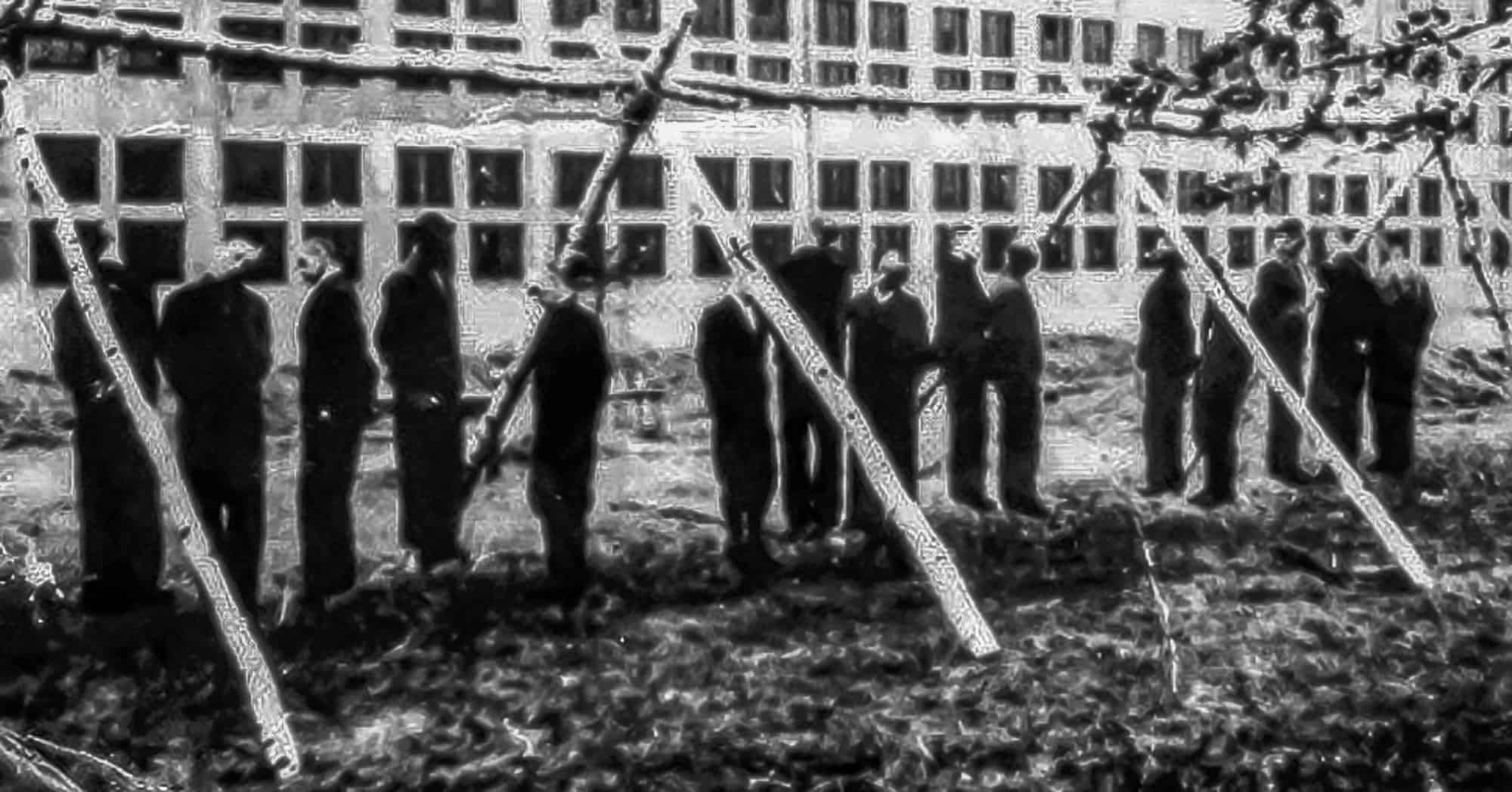THE FACTORY DURING THE GERMAN OCCUPATION
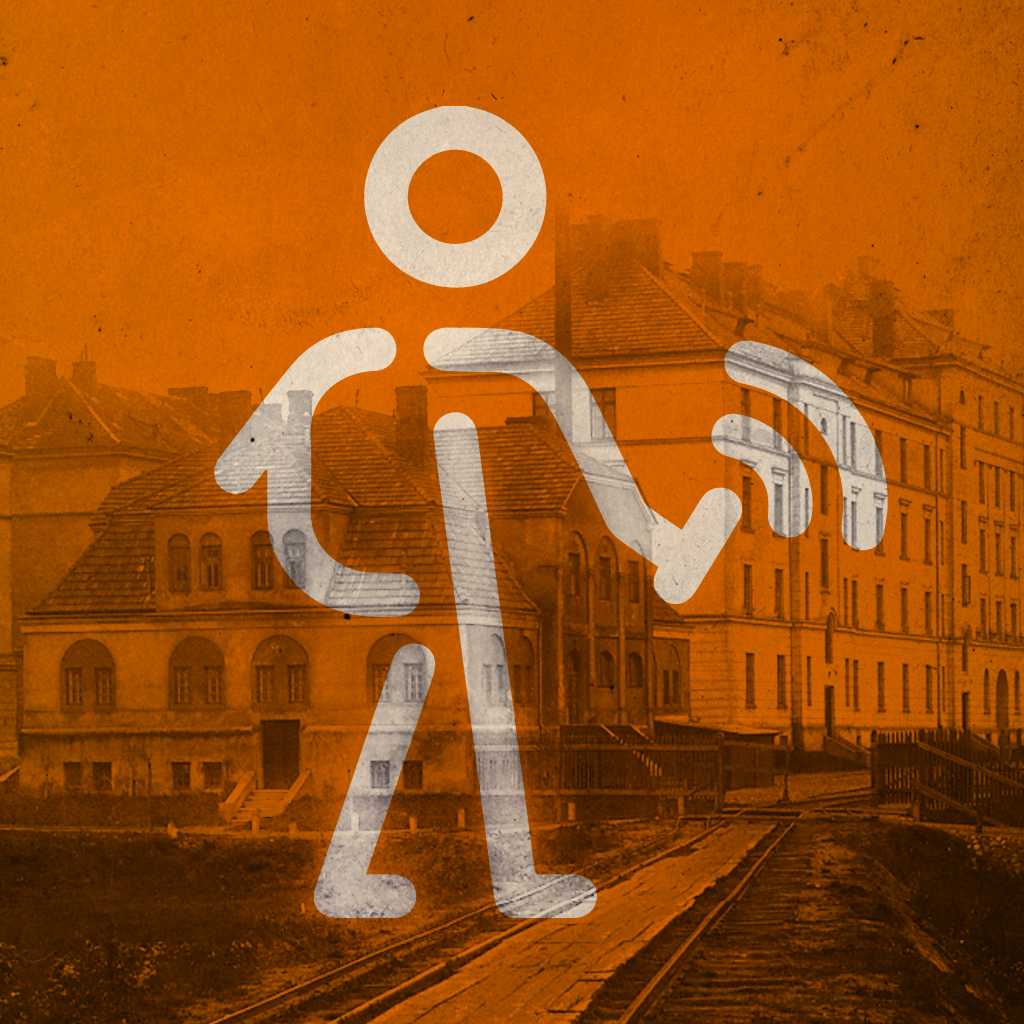
Listen to the audio guide
In the morning of September 1st, 1939, German air raids began in Radom. The Weapons Factory, as an object of strategic importance, was defended by several anti-aircraft guns. However, the Germans chose not to devastatingly bomb the plant, hoping to take it over in a condition that would allow them to quickly begin production for the Wehrmacht. As a result of the air raids, only a few objects such as handguard processing for rifles suffered. On September 4, the evacuation of the factory crew behind Vistula began. Weapons stored in warehouses were partly taken away and partly given to reserve units being formed in Radom. A number of rifles, pistols, bicycles, and gun parts fell into private hands when the plant was unguarded following the evacuation of the factory. The entry of German troops on September 8 closed off access to the factory, and the occupier almost immediately began efforts to resume production. As early as December 1939, the Wehrmacht High Command appointed its agent at the Weapons Factory, and exactly one year later the factory resumed production. Management of the factory was taken over by the German joint stock company “Steyr – Daimler – Puch”.
Working conditions in the factory under German administration were extremely harsh. This was mainly due to the excessive standards and brutal methods to maintain high work discipline. There were numerous cases of physical abuse of workers and even killings under any pretext. The perpetrators of these criminal actions were German management representatives, some with downright sadistic tendencies, as well as factory guards, the so-called Werkschutz.
The large Jewish community that was forced to work at the plant was subjected to particularly cruel rigors. Jewish factory workers were held in a camp located in the vicinity of the factory in Szkolna Street.
The factory under German management produced almost all metal parts for Mauser rifles and for the somewhat simplified, and thus not as perfect as the pre-war version, German version of the Vis pistol. The number of “German” “Vises” produced by the factory is estimated at about 380,000.
Already from the beginning of the occupation, a conspiracy network was active on the factory premises, taking out of the plant Vis pistols. At first it was a “Military Organisation” and since 1941 the clandestine production of parts with duplicated serial numbers was handled by a group of workers belonging to the Union of Armed Struggle – Home Army (Związek Walki Zbrojnej – Armia Krajowa). Vises with duplicate numbers were passed on to the foreman of one of the departments, Józef Saramonowicz, who in turn passed them on. The group involved in this activity included Kazimierz Bator a.k.a. Marcin, Stanisław Maj a.k.a. Jurand, Zbigniew Kubisiak a.k.a. Mirka, Tadeusz Kosiarski a.k.a. Fred, Józef Rolecki a.k.a. Olek. The “conspiratorial” Vis pistols were stored in garages on the factory premises, and then “Olek”, who was the driver of the factory truck, took them outside the factory. The weapons were then taken to a clandestine gunsmith’s shop, where the factory markings were removed so that, in the event of an accident, the origin of the weapon could not be proven. However, after some time this method of protection was abandoned, which was one of the reasons why the Germans unmasked this difficult to detect double production of Vis. It happened as a result of a clash between a group of Home Army conspirators and military police at the railroad station in Rożki near Radom. The Germans got their hands on two pistols whose serial numbers coincided with those of other Vis pistols already in the equipment of German officers. As a result of large-scale arrests and investigations, 50 people were sentenced to death, nearly half of whom were factory workers. The condemned were hanged in several public executions from October 12 to 15, 1942. The first execution took place on Thursday, October 12, at the station in Rożki near Radom, and on October 14 the arrested were hanged on the premises of the Weapons Factory. Other executions took place in Kielecka and Warszawska Street.
Among those executed were employees of the Weapons Factory:
Feliks Mas (age 29)
Józef Saramonowicz (age 45)
Zbigniew Saramonowicz (age 19)
Tadeusz Gałązka (age 32)
Władysław Jastrzębski (age 25)
Ryszard Kiełbowski (age 28)
Stanisław Kołkiewicz (age 24)
Józef Molenda (age 23)
Mieczysław Dąbrówka (age 23)
Stanisław Jastrzębski (age 38)
Lucjan Kociński (age 30)
Jan Kurys (age 32)
Stanisław Łozicki (age 53)
Marian Łozicki (age 16)
Roman Ptaszyński (age 21)
Edward Rajski (age 24)
Adam Rzeszot (age 36)
Jan Sapiński (age 41)
Czesław Stefański (age 28)
Jan Prokop (age 35)
Edward Rogalski (age 32)
Jan Sikorski (age 39)
The plant produced for the German army until the summer of 1944. At that time, due to the approach of the Eastern Front and the Red Army, the Germans began evacuating the plant to the west. The looted weapons production facilities and technical-laboratory equipment were loaded into approximately 500 trucks and 480 wagons and taken to the Reich. The factory was almost completely devastated.


